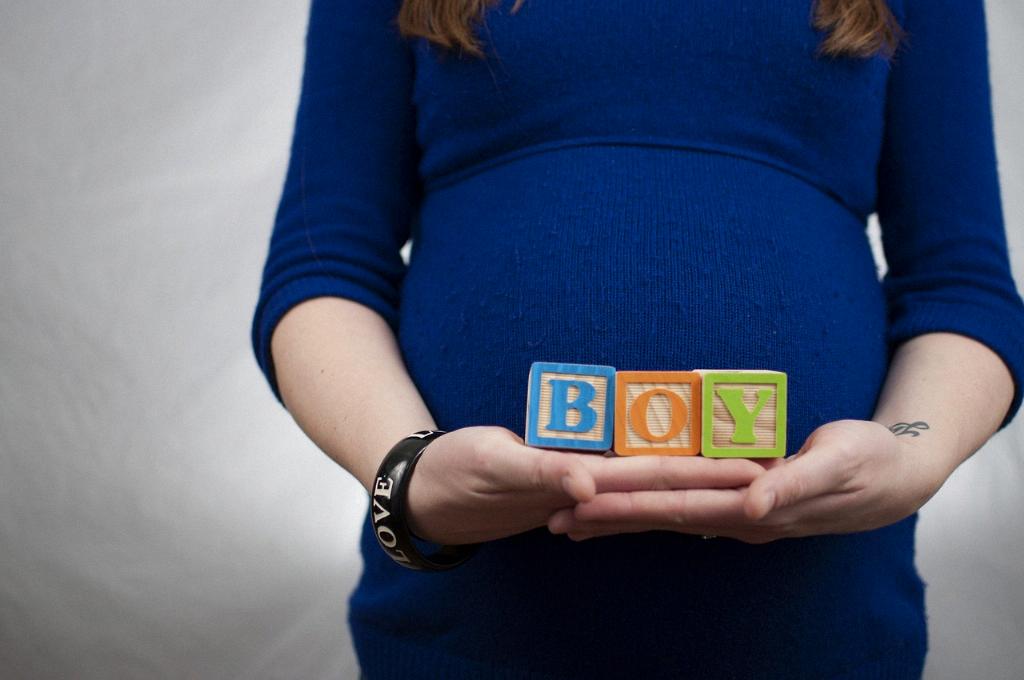One of the common concerns for women in early pregnancy is experiencing pain on one side of the body. It’s essential to understand that the female body undergoes various changes during pregnancy, and some discomfort is usually expected as the body adjusts to support the growing baby.
Understanding the Causes of Pain on One Side in Early Pregnancy
One of the possible reasons for experiencing pain on one side in early pregnancy is ligament pain. This pain, often referred to as “growing pains,” occurs as the ligaments stretch to accommodate the expanding uterus. The sensation can feel like a sharp cramp on one side of the lower abdomen.
Importance of Recognizing Normal Pain in Early Pregnancy
While experiencing pain on one side can be unsettling for expectant mothers, it is crucial to differentiate between normal discomfort and signs of potential complications. Understanding the common causes of such pain can help alleviate concerns and provide reassurance during this sensitive period.
Consulting Your Healthcare Provider
If you are experiencing persistent or severe pain on one side during early pregnancy, it is advisable to seek advice from your healthcare provider. They can evaluate your symptoms, perform necessary examinations, and offer guidance tailored to your specific situation.
Importance of Open Communication
Open communication with your healthcare provider is vital during pregnancy. By discussing any pain or discomfort you may be experiencing, you enable your provider to offer appropriate support and address any concerns that may arise throughout the trimesters.
Managing Discomfort through Self-Care
In addition to seeking medical guidance, there are self-care measures that can help manage discomfort associated with ligament pain. These may include using a heating pad, practicing gentle stretches, and maintaining good posture to alleviate pressure on the affected side.
Monitoring Symptoms for Changes
Monitoring any changes in the frequency or intensity of pain on one side is essential. Keeping track of your symptoms can provide valuable information for your healthcare provider and help detect any potential issues that may require medical intervention.
Embracing Emotional Support
Experiencing pain or discomfort during early pregnancy can be emotionally challenging. Seeking support from your partner, friends, or a prenatal counselor can help alleviate anxiety and strengthen your emotional well-being throughout this transformative journey.
Engaging in Prenatal Exercises
Participating in prenatal exercises, such as yoga or swimming, can promote overall physical well-being and alleviate muscular tension that may contribute to side pain. Consult with your healthcare provider before starting any new exercise routine during pregnancy.
Ensuring Adequate Rest
Resting and giving your body sufficient time to recuperate is crucial, especially when experiencing discomfort on one side. Prioritizing adequate sleep and relaxation can aid in reducing stress levels and promoting overall maternal health.
Staying Hydrated and Nourished
Proper hydration and nutrition play a vital role in supporting a healthy pregnancy. By staying hydrated and consuming balanced meals rich in essential nutrients, you can enhance your overall well-being and potentially alleviate discomfort associated with side pain.
Conclusion
In conclusion, experiencing pain on one side during early pregnancy is a common occurrence, often attributed to ligament pain. By understanding the causes of such discomfort, seeking medical advice when needed, and practicing self-care measures, expectant mothers can navigate this phase with confidence and ensure a smooth pregnancy journey.

